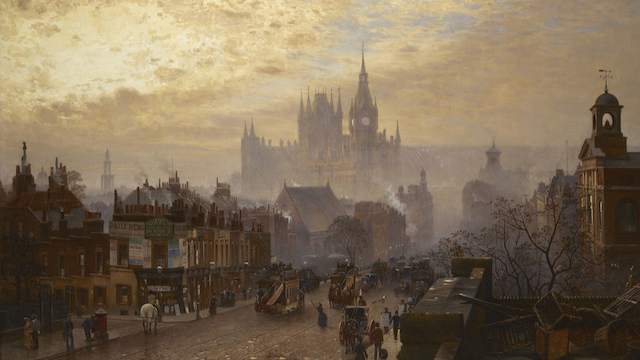
Sherlock Holmes and the Nine-Dragon Sigil
by Tim Symonds
MXPublishing (November 2016)
358p. ISBN 9781787050358
Publisher’s Summary
It’s the year 1906. Rumours abound that a deadly plot is hatching – not in the fog-ridden back-alleys of London’s Limehouse district or the sinister Devon moors of the Hound of the Baskervilles but in faraway Peking. Holmes’s task – discover whether such a plot exists and if so, foil it. But are the assassins targeting the young and progressive Ch’ing Emperor or his imperious aunt, the fearsome Empress Dowager Cixi? The murder of either could spark a civil war. The fate of China and the interests of Britain’s vast Empire in the Orient could be at stake. Holmes and Watson take up the mission with their customary confidence until they find they are no longer in the familiar landscapes of Edwardian England. Instead, they tumble into the Alice In Wonderland world of the Forbidden City.
General Summary
Unlike several of the reviews I’ve written for the Society so far, this book (which was sent to me by the author, Tim Symonds) features a Holmesian story much like the ones in the Canon. Watson is the narrator, Holmes and his case are the focus, and it takes place in the era that the Canon was originally set. This will, I am sure, make a number of Society members very happy.
The story, as noted in the publisher’s summary, takes place in 1906 and is firmly set during the Retirement Era. Holmes is away in Sussex with his bees, while Watson tends to his practice. It becomes clear from the get go that Watson is rather bored without the stimulation of his friend’s cases. It is hardly surprising, then, that when approached by General Yuan for his help in developing a company of Chinese army medics, he leaps at the chance.
The book is steeped in historical detail which many readers will find incredibly rich. The author meticulously notes the ephemera of the Edwardian era, such as ads and brands and the popular fashions of the time. It does an excellent job of making you feel like you’re there, standing next to Watson. When the narrative moves to China, the historical details do not end, and you’ll find yourself discovering a plethora of fascinating information.
The mystery is complex and knotty, and will satisfy anyone who has a fondness for royal dramas. It was difficult to work out in advance, as no one is telling the full truth. It also moves incredibly swiftly, moving from action to action to action, and it will certainly keep you engaged.
The Chinese characters, while occasionally steeped in unfortunate stereotypes both historic and modern, were as complex as the plot itself. The Empress Dowager and the Emperor are, in particular, fully examined and have a plethora of emotions and motivations. The Empress Dowager in particular was incredibly complicated character to understand, which is not necessarily surprising, given her role in history and the diversity of opinion on her rule. Because the book primarily takes place in China, there are very few Canon characters who appear, but Mycroft shows off his role as The British Government as well, in a way that will certainly make Mycroft fans grin.
Canon was referenced throughout, and one can tell that Watson feels a bit nostalgic for the Good Ol’ Days, but it also serves to show just how deep the history between Holmes and Watson runs. There is an easy camaraderie between the two that demonstrates the close friendship, and how quickly they can fall into old routines and patterns, despite the physical distance between them most of the time.
For anyone who likes a more traditional Holmesian romp, with an emphasis on investigation and friendship, this will certainly appeal!
What About Our Watson?
Watson is very much the central character in this story. Even though it was Holmes that ultimately solves the mystery, it is Watson who drives the action and provides all the relevant clues. As it is said in Canon, he is a conductor of light.
Delightfully, this story begins with Watson, not Holmes, being approached by a Chinese general who wants his help. The General wants him to help build a company of medics in the Chinese military. Although this explanation deflates a little bit later on, Watson provides a great deal of information and suggestions to the General, taking his job very seriously.
Watson also serves as a confidant to a number of people. They tell him their problems with ease, as well as their secrets. It is this quality of Watson, his unobtrusiveness, concern, and compassion, that provide him with so much information necessary for Holmes to solve the mystery.
If I have one complaint, it’s that the first-person narrative is perhaps a little distant, and so we don’t get to know a great deal of how Watson feels about the things he’s hearing and experiencing. I would have loved to know more about his internal life throughout this book. But he is a solid Watson, and I look forward to seeing this author’s other works.
You Might Like This Book If You Like:
Court intrigues; travelogues; Shakespeare; the Basil Rathbone and Nigel Bruce films
Is there a book you want Lucy to review? Let her know!
